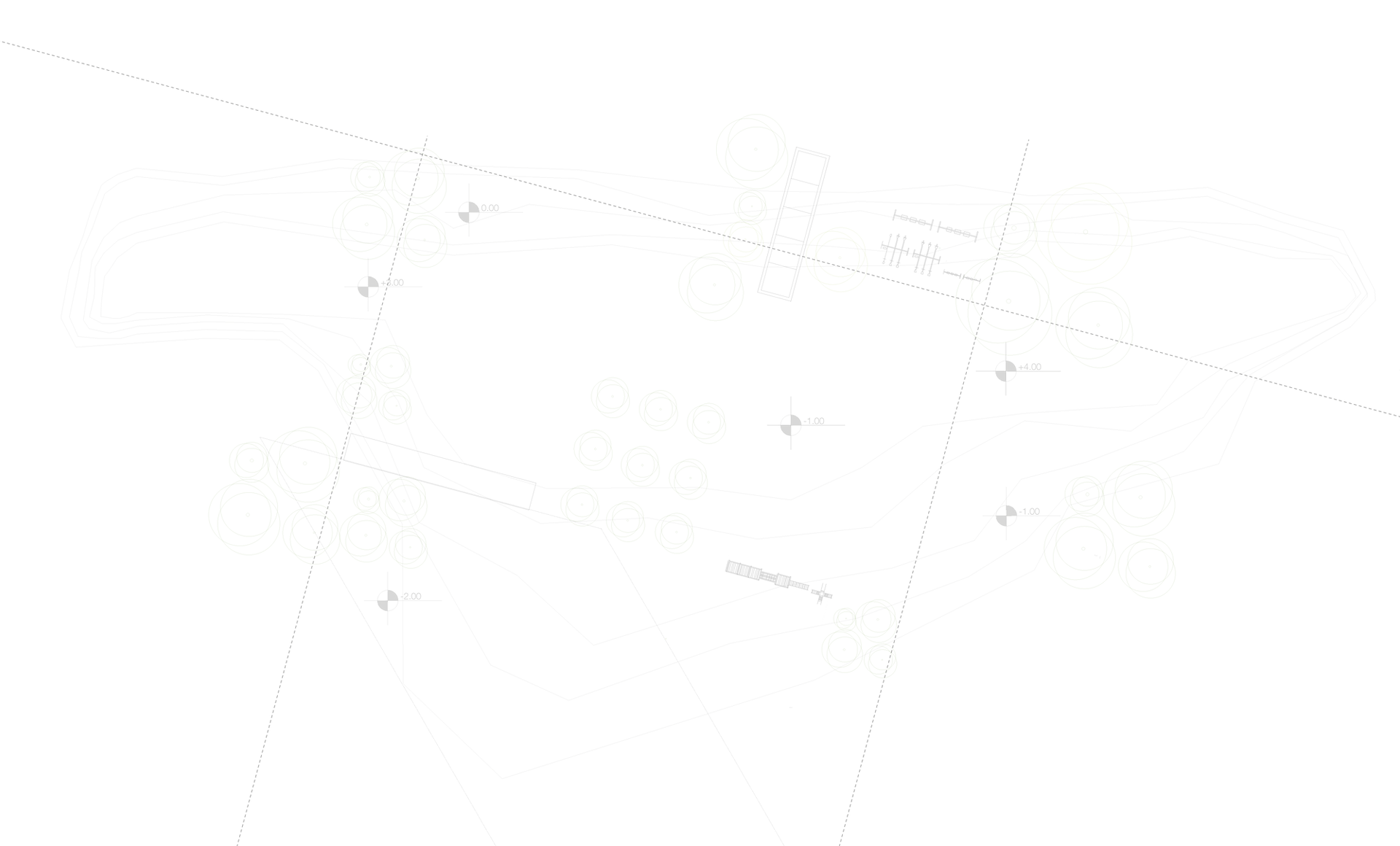
Photo credit: Asian Development Bank
Enviro Pro developed and applied environmental evaluation criteria for proposed irrigation schemes, prepared Initial Environmental Examination Reports according to Asian Development Bank's (ADB) environmental safeguard policies for sub-projects. This project also involved providing the framework process for environmental and spatial assessment along the west coast of Aceh Province. Finally, Enviro Pro also assisted with the GIS development for project's environmental screening database, showing environmentally sensitive areas.
Enviro Pro developed and applied environmental evaluation criteria for proposed irrigation schemes, prepared Initial Environmental Examination Reports according to Asian Development Bank's (ADB) environmental safeguard policies for sub-projects. This project also involved providing the framework process for environmental and spatial assessment along the west coast of Aceh Province. Finally, Enviro Pro also assisted with the GIS development for project's environmental screening database, showing environmentally sensitive areas.
Enviro Pro prepared an initial environmental examination (IEE) or environmental impact assessment (EIA) and a summary IEE or summary EIA for the whole project, in accordance with applicable national standards and in line with ADB requirements. Also, Enviro Pro synchronized environmental assessment requirements between GoI and ADB.
2017 Biodiversity Impact Assessment for Road Extension at Lorong Halus
Hwa Seng Builder Pte Ltd are in the midst of constructing a road to connect the Tampines Expressway (TPE) and the Kallang-Paya Lebar Expressway (KPE) to Punggol Central. The road will traverse the Lorong Halus area, a discontinued solid waste landfill site that has regenerated into a habitat rich in aquatic and terrestrial biodiversity.
EPGI was tasked with the Annual Biodiversity Report in order to understand the changes in abundance and diversity of fauna species at Lorong Halus.
This annual report reviews the data collected during the previous 13 months of EMMP Monitoring and an annual study conducted between February and March 2017, as well as to compare the changes biodiversity with the baseline study conducted in 2015.
Key study methods:
-
Point Counts
-
Active Transect survey
-
Fixed Position Camera Trapping
 |
|---|
 |
 |
 |
 |
 |
